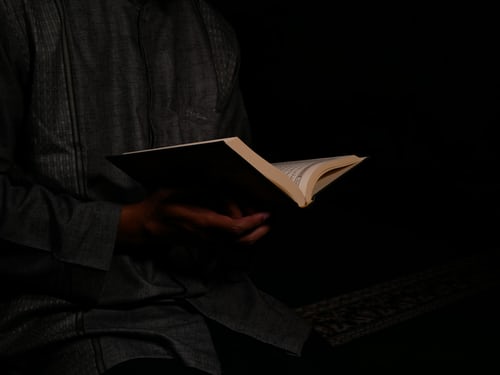Inspiring Older Readers
 posted on 20 Jun 2016
posted on 20 Jun 2016
The Hare with Amber Eyes by Edmund de Waal
I’ve been rereading Edmund de Waal’s remarkable book, The Hare with Amber Eyes: A Hidden Inheritance, which was published in 2010.
De Waal describes the book as “the biography of a collection and the biography of my family”. The collection he refers to consists of 264 seventeenth and eighteenth century Japanese netsuke, miniature sculptures in boxwood or ivory, made to be handled and examined for their grace, charm, wit and tactile qualities, and inherited in the mid-90s by de Waal. The family is the Jewish Ephrussi dynasty – his family, a powerful clan of grain merchants, financiers, bankers and collectors in Odessa, Vienna and Paris, from the late-eighteenth century onwards.
In fact, while central to the story, the netsukes are at times dwarfed both figuratively and literally by the sheer volume, scale and art-historical significance of the other collections various members of the Ephrussi family amassed.
Charles Ephrussi, their original collector, bought the netsuke at the height of the nineteenth century enthusiasm for Japonaiserie, but this was far from all he collected. From the immense Palais Ephrussi in Paris, Charles’s connections with nineteenth century cultural and artistic circles spread far and wide. He knew – or was known to – Proust, Zola, Degas, Manet, Renoir, the Goncourts. He was an art critic and historian, eventually owning an influential journal called The Gazette. The Symbolist poet Jules Laforgue was his secretary for a period and they appear in Renoir’s Luncheon of the Boating Party (Charles is the impeccably suited and top-hatted figure in the centre background talking to Laforgue).
He was a friend and patron to the early Impressionists and collected over forty of their paintings and sourced a further twenty for cousins elsewhere in Europe. (He bought a small painting of a bunch of asparagus from Manet, paying the artist 1,000 francs rather than the asking price of 800. Manet painted another single stem of asparagus and delivered it with a note to the Palais Ephrussi saying, “This seems to have slipped from the bundle.” This gives some idea of the relationships Charles enjoyed with the nineteenth century giants.)
Renoir, however, spectacularly fell out with him when Charles began to buy the opulent, richly symbolic paintings of Gustave Moreau – sensationally erotic works shining with gold. “Ah, that Gustave Moreau knew a thing or two,” Renoir said. “It was clever of him to take in the Jews, to have thought of painting with gold colours… Even Ephrussi fell for it.”
The family lost everything under Nazism, de Waal’s great-great grandfather Viktor and grandmother Emmy narrowly escaping Vienna after the Anschluss – Emmy dying, possibly committing suicide, on the 12th October 1938, and Viktor in 1945, in Tunbridge Wells, where he had reached other family members.
The Palais Ephrussi on Vienna’s Ringstrasse had been Aryanised, stripped, like the family, of everything – the family banking business and all other assets, the collections of books, art and antiques, the Sévres porcelain, the gold and silver plate. It was used by the Nazi administration during the war – it was the offices of the race theorist Alfred Rosenberg – and by the US administration after the war. In 1945 when Viktor and Emmy’s daughter Elisabeth – de Waal’s grandmother – returned there for the first time in eight years she was astonished to find Anna, her parents’ servant of many decades, still living in a tiny room at the back of the great house, where she worked for the US administration. Over the course of several weeks, a tiny handful at a time, Anna had transferred the netsuke from their vitrine to a hole in her mattress. She had never forgotten how Elisabeth and her brother and sisters had played with the netsuke as children. “Now I have something to give back to you,” Anna was able to say to her.
This summary accounts for only about half, or perhaps a little more than half, of the book. This will give some idea of its richness and complexity. But The Hare with Amber Eyes is not a difficult read. While at times it seems de Waal’s research and travel and background reading will spin out of control and overwhelm him, even this is skillfully handled and becomes part of the story, part of his struggle to understand the scale of the Ephrussis’ loss and dislocation. It is an extraordinary book and an extraordinary achievement – War and Peace viewed in the soft light reflecting from a cabinet full of Japanese miniatures.
Alun Severn
June 2016